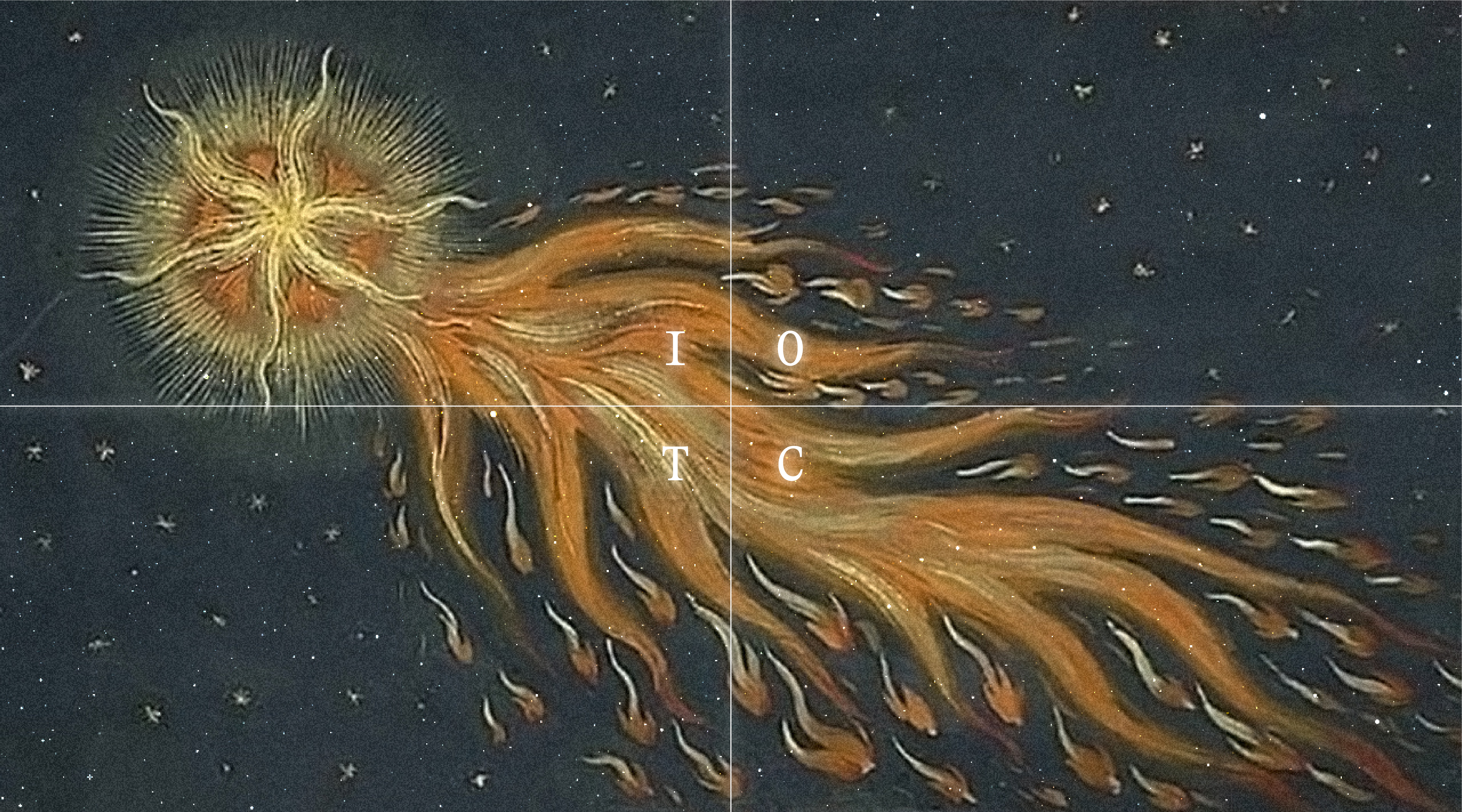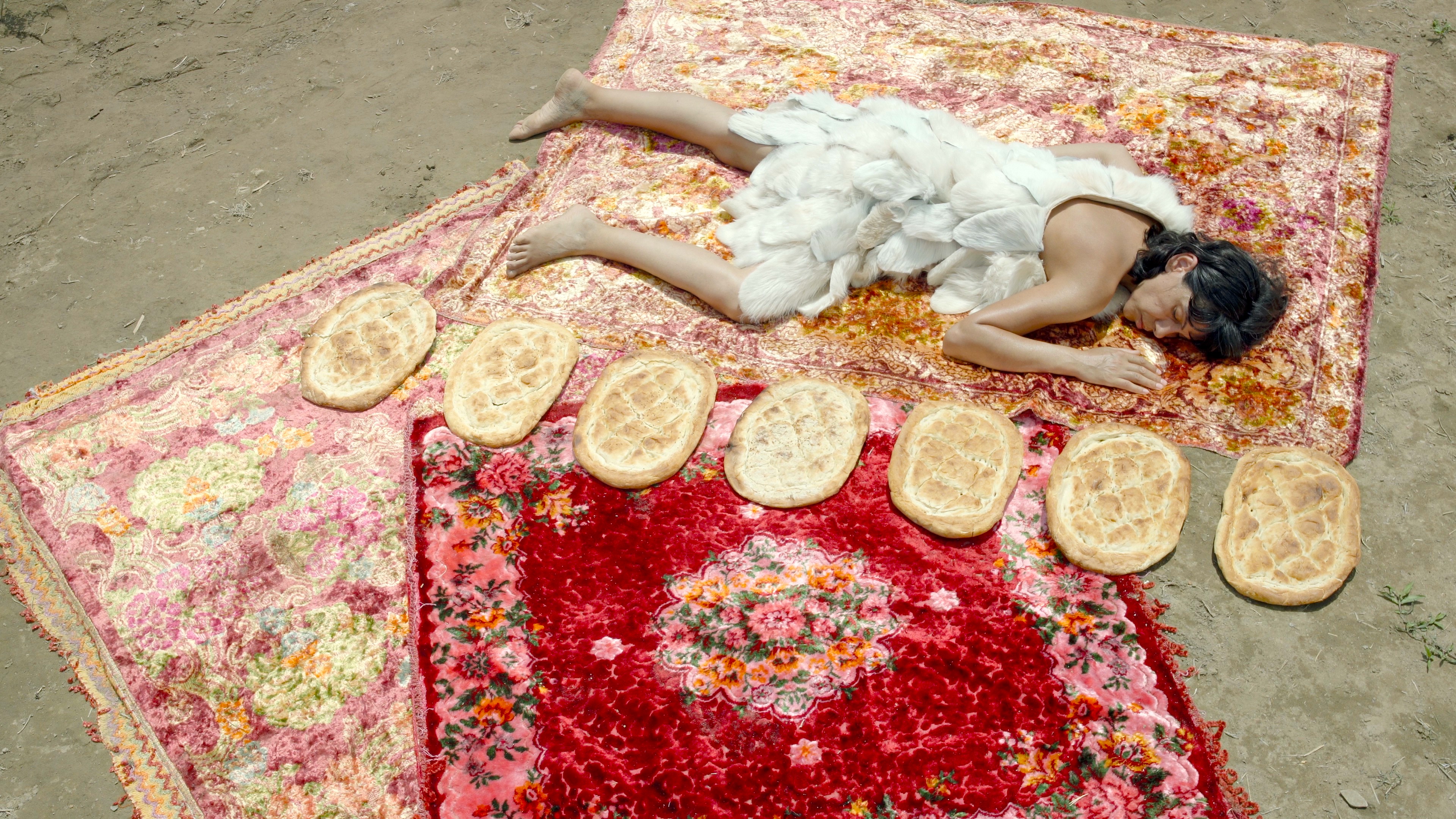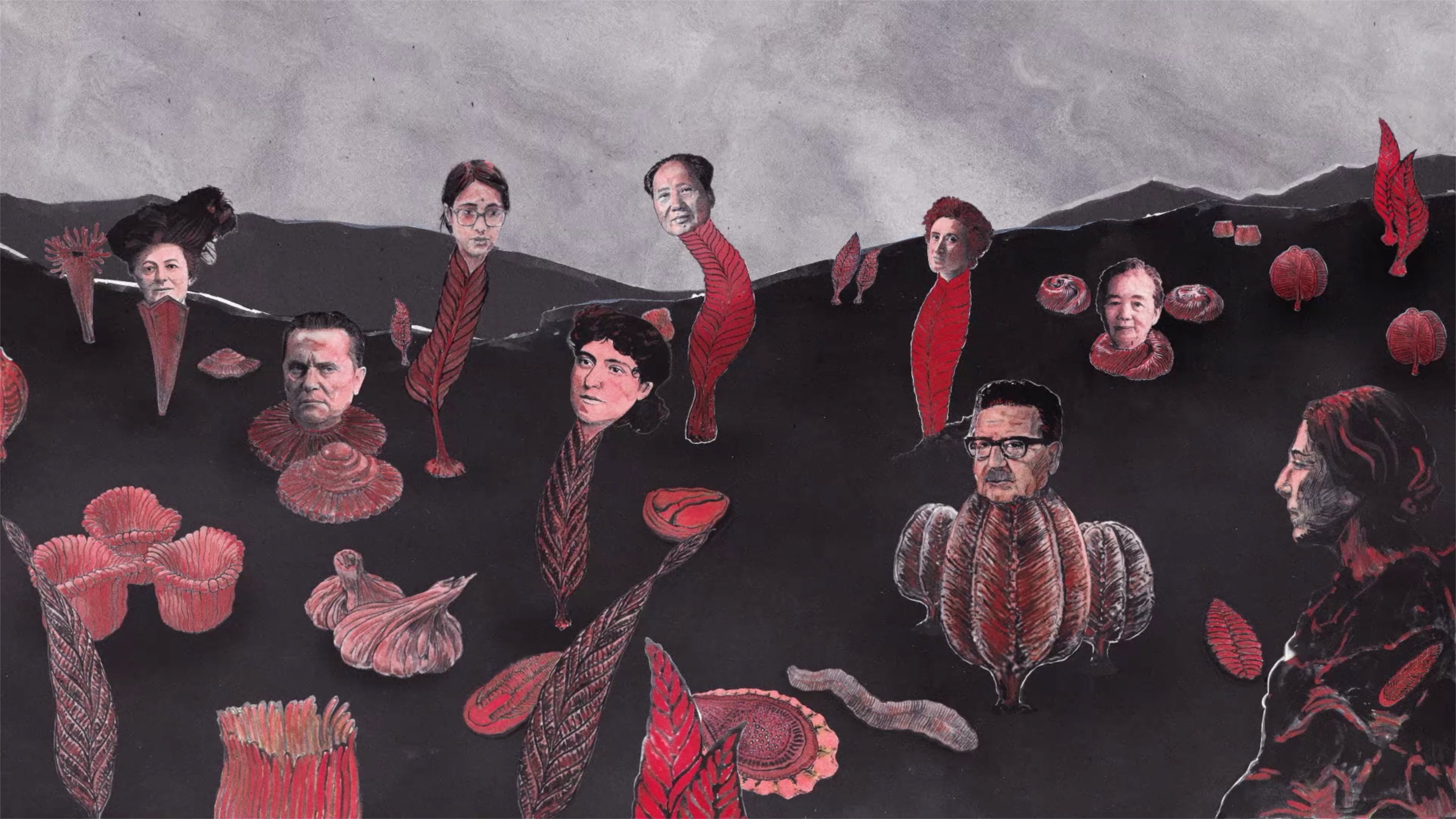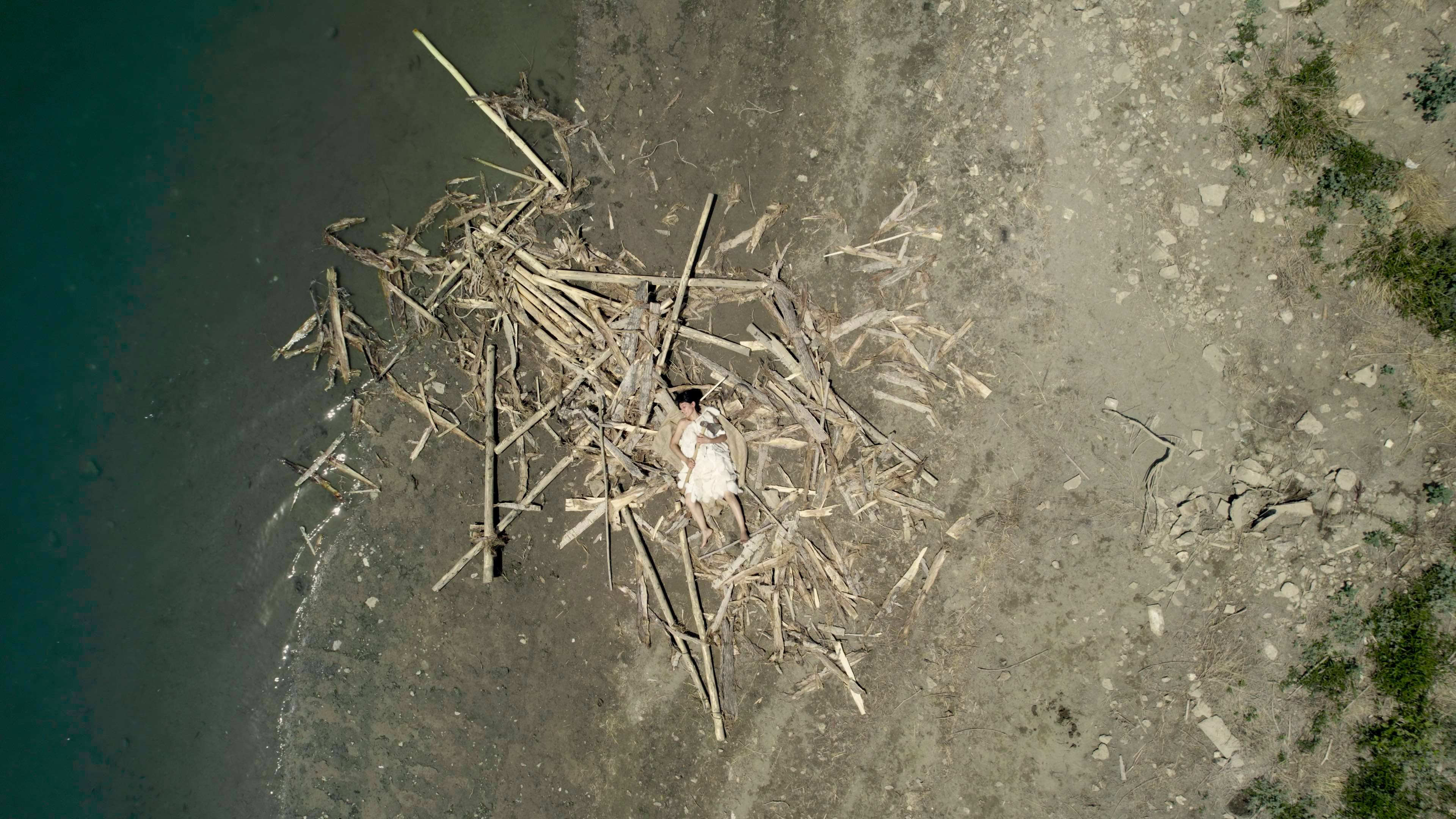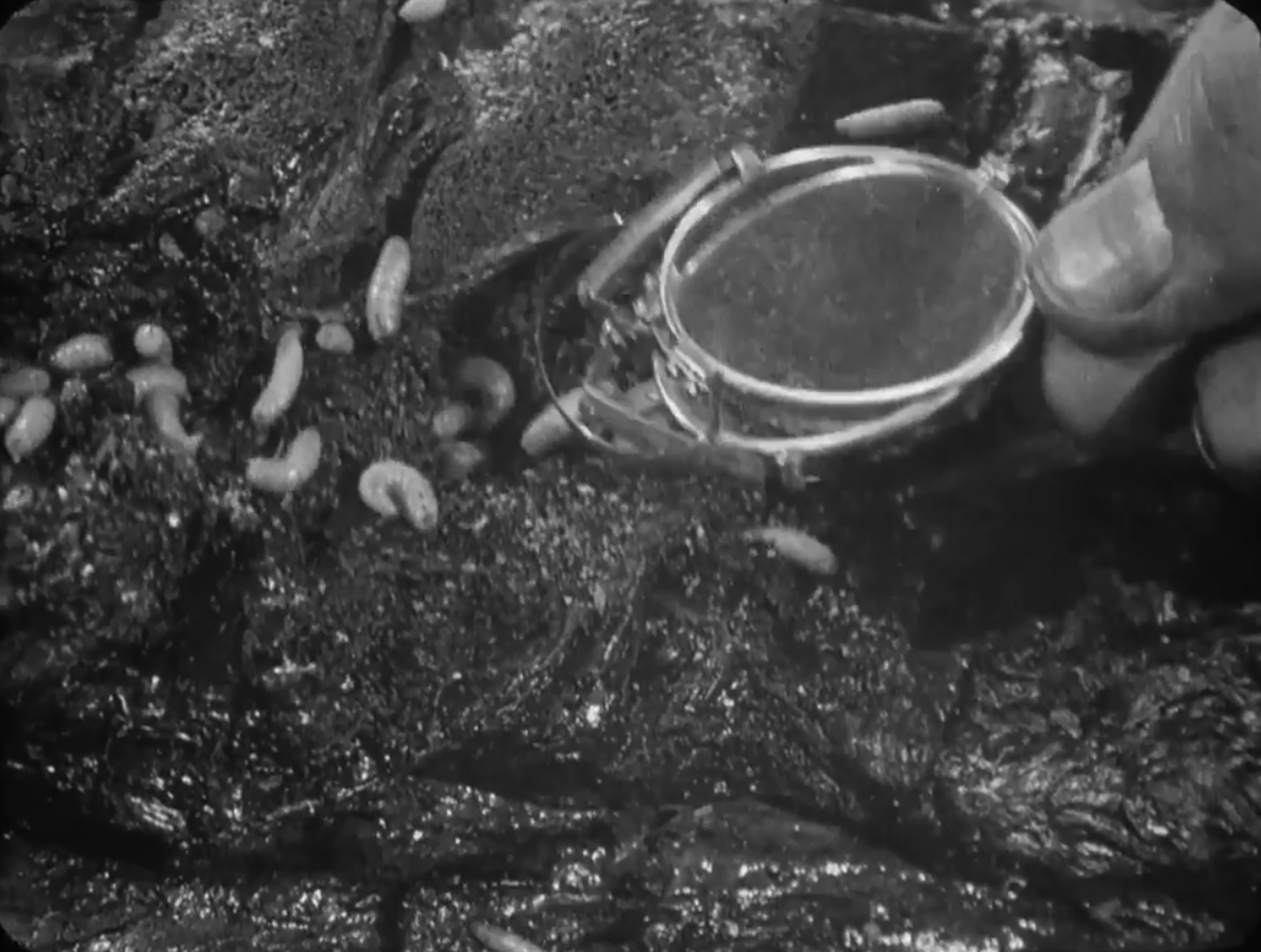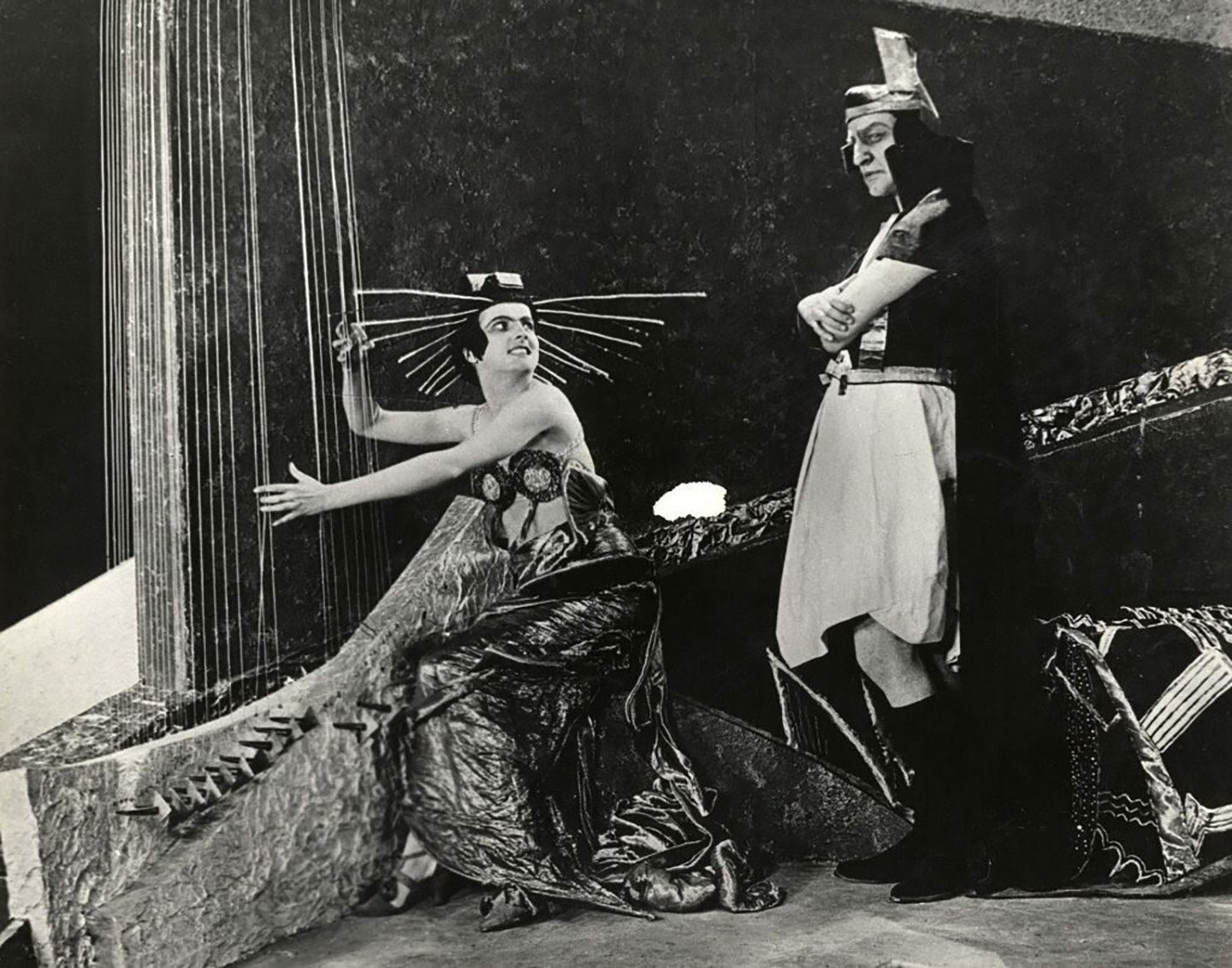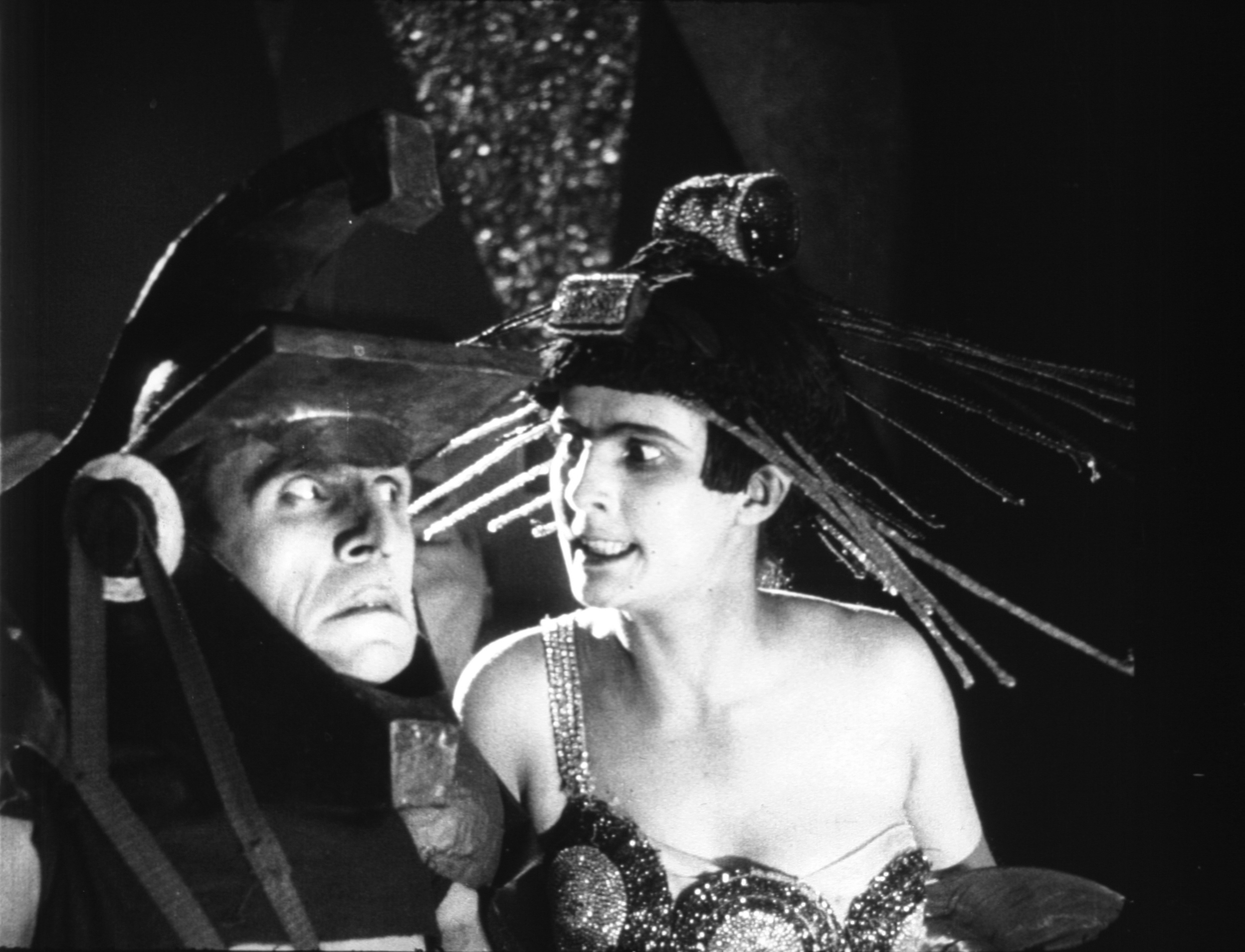The museum occupies a central place within the cosmist worldview as an institution dedicated to the preservation, conservation, and restoration of the past. It is a singular place in human society where a broken appliance, a damaged picture, a ceramic shard, or an unfinished poem are not discarded, but systematically preserved and maintained. The cosmist museum is encyclopedic and nonviolent. As a collection of everything, its mission is to restore life, not take it. Nikolai Fedorov writes that the museum is related to the school and the observatory. The ancestral memory it preserves in the form of artifacts, botanical specimens, animal and human remains is mirrored in the constellations of the stars. The museum is related to ancient temples and the knowledge it transmits is astronomical. According to Fedorov, the museum will be the site of resurrection once museological technologies of restoration are radicalized to restore life. "If a repository may be compared to a grave, then reading, or more precisely research, is a kind of exhumation, while an exhibition is, as it were, a resurrection.”[1]
The museum of the Institute of the Cosmos is comprised of an infinite number of rooms. Each room contains a permanent exhibit. We invite you to visit Room #12, containing an exhibition by Arseny Zhilyaev, signed by the algorithmic artist Robert Pasternak. The room presents a suite of sculptures devised by Robert Pasternak in the distant future, in an attempt to understand its origins, which are closer to our present time. Based on satellites, rockets and space stations developed during the early days of space exploration, these sculptures can be downloaded and printed on a 3D printer.
More rooms will open in the near future, with projects by artists and curators including Victor Skersis, Jonas Staal, Ahmet Ögüt, Iman Issa, Pierre Huyghe, Bahar Noorizadeh, Nikolay Smirnov, Liam Gillick, Maha Maamun, Emilija Škarnulytė, Oleksiy Radynski, Boris Groys and others.
The Timeline of Russian Cosmism is a chronological mapping of key developments in art, literature, poetry, science, politics, technology, philosophy and numerous other fields, as they pertain to cosmism. Researched and edited by Anastasia Gacheva, Marina Simakova, Arseny Zhilyaev and Anton Vidokle, the timeline traces the influence of cosmist thought on culture and society, starting with the sighting of the comet 3d/Biela, which triggered the global panic of the 1820s, to the present day. The timeline is ongoing: more entries will be added expanding its content as we move into the future and rediscover the past.
[1] Nikolai Fedorov, The Museum, its Meaning and Mission, originally published in 1906


